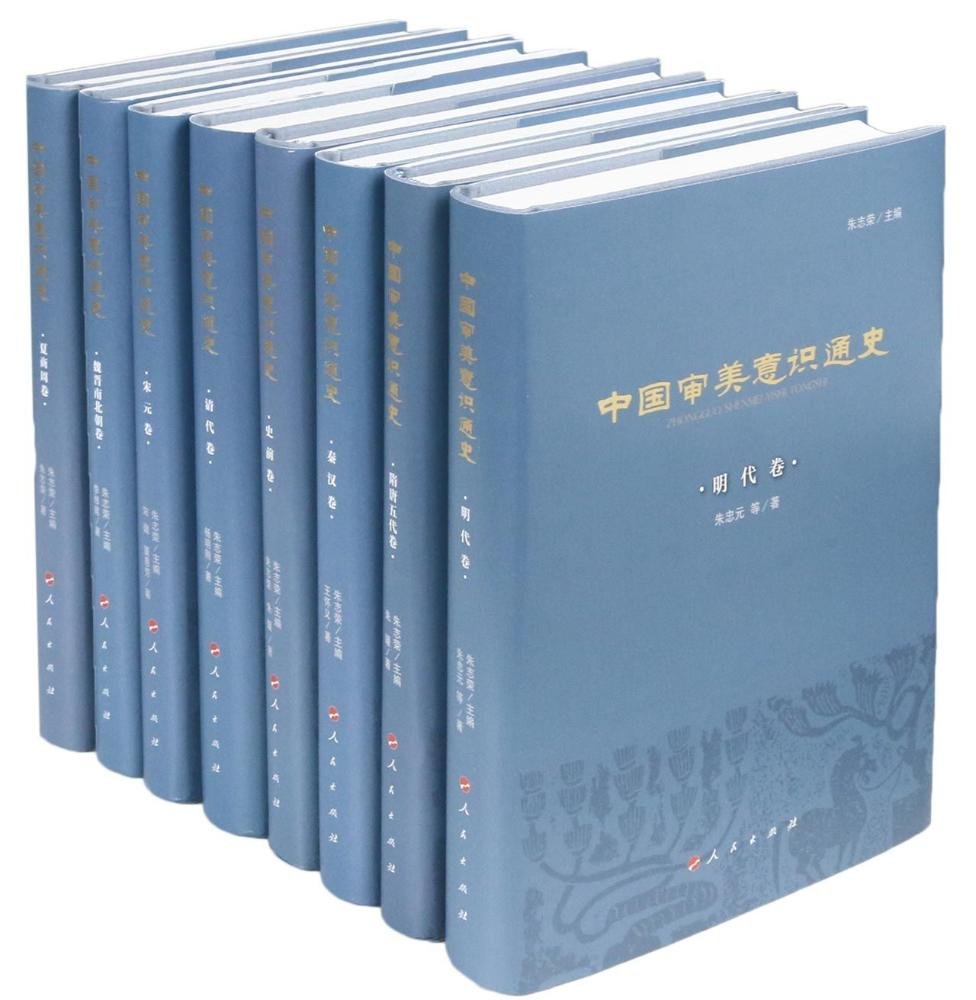Aesthetic study oriented towards sensibility

A General History of Chinese Aesthetic Consciousness
Editor-in-chief: Zhu Zhirong
Publisher: People’s Publishing House
As the first general history with the title “Aesthetic Consciousness” in China, the purpose of A General History of Chinese Aesthetic Consciousness is to act as a source for further research on the history of Chinese aesthetics. In terms of research motivations, Zhu Zhirong examined the differences between aesthetic consciousness, thought and theory, highlighting the academic value of aesthetic consciousness. In his view, aesthetic consciousness is perceptually alive in the mind. Aesthetic thought is a systematic approach to the expression of words through induction and analysis, while aesthetic theory is a system of aesthetic ideas discussed through a set of categories, terms and propositions.
Aesthetic consciousness is the foundation of aesthetic activities, thought and theory. Compared with systematic aesthetic ideas and theories, aesthetic consciousness more directly, concretely and vividly embodies the “history of Chinese appreciation of beauty.” Aesthetic consciousness, drawn directly from the perceptual objects, mostly corresponds with specific aesthetic activities at a given time. In contrast, aesthetic theory may be either coincident or disjunctive (lagging behind, leading, or only an ideal) to specific aesthetic phenomena.
The book summarizes the aesthetic consciousness embodied in many aesthetic activities in Chinese culture. It is divided into eight volumes in accordance with the prevailing time order of academic circles: prehistory, Xia, Shang and Zhou dynasties, Qin and Han dynasties, Wei, Jin and Northern and Southern dynasties, Sui and Tang dynasties, Song and Yuan dynasties, and Ming and Qing dynasties. It is then classified according to the key aesthetic fields of each era and highlights the aesthetic consciousness embodied in specific categories in all historical periods.
For example, this book examined the stone tools, pottery, jade articles, rock paintings, bronze wares, and texts of Xia, Shang, and Zhou period; interpreted the sculptures and mythological images of the Qin and Han dynasties; researched idle talk of the Wei, Jin and Northern and Southern dynasties; discussed the dance and architecture of the Sui, Tang, and the Five dynasties; summarized costumes of the Song and Yuan dynasties; studied gardens and furniture of the Ming dynasty, and analyzed novels of the Qing Dynasty.
In terms of methodology, the book directly confronts historical aesthetic activities and analyzes aesthetic consciousness based on a large number of specific materials. When explicating objects, the book takes the interpretation of aesthetic images as the core and captures the characteristics of ancient Chinese aesthetics, which is a combination of sensuality, experience and transcendence. In terms of content, the book grasps the spirit of each era in the development of Chinese aesthetic consciousness. Such as onomatopoeia in the prehistoric stage, religious politics of Xia, Shang and Zhou dynasties, emphasis on gods in the Wei and Northern and Southern dynasties, magnificence of the Sui and Tang dynasties, charm of elegance in the Song and Yuan dynasties, as well as the popularity in the Ming Dynasty and the integration of essence of the previous ages in the Qing Dynasty.
(edited by SUI JINGJING)

 PRINT
PRINT CLOSE
CLOSE